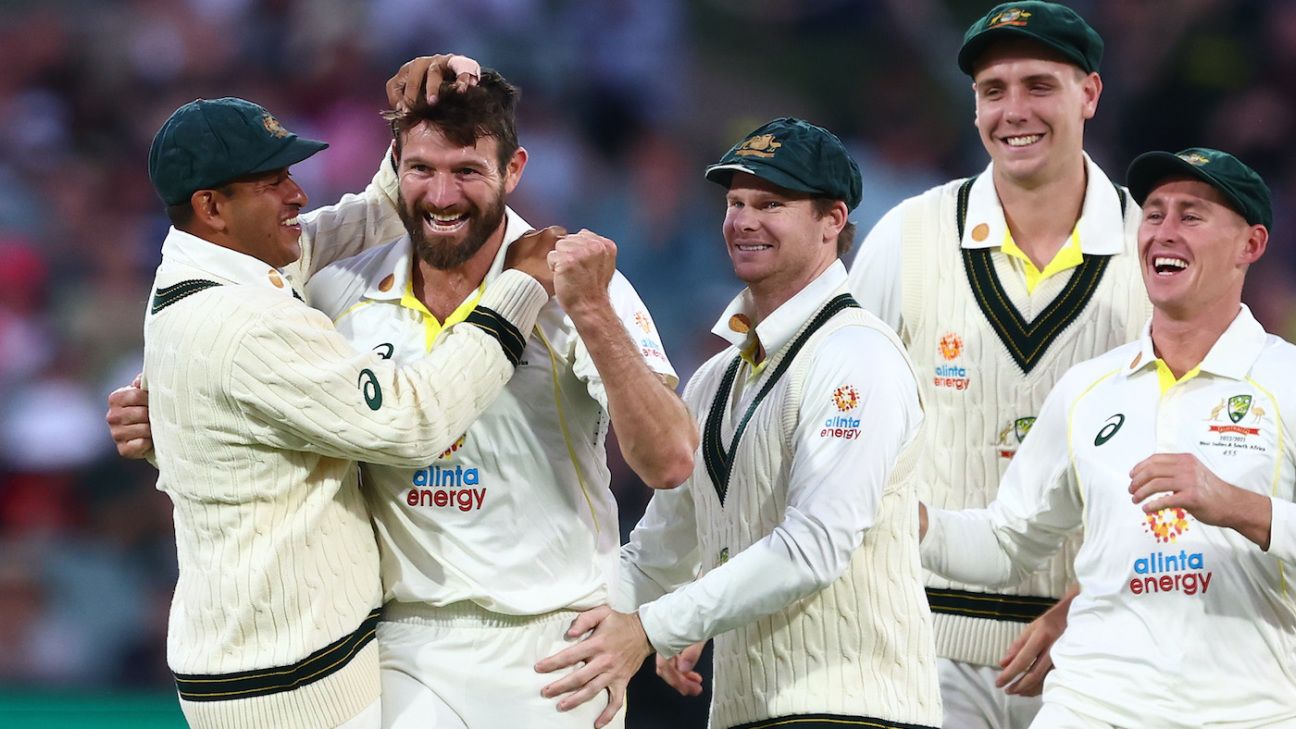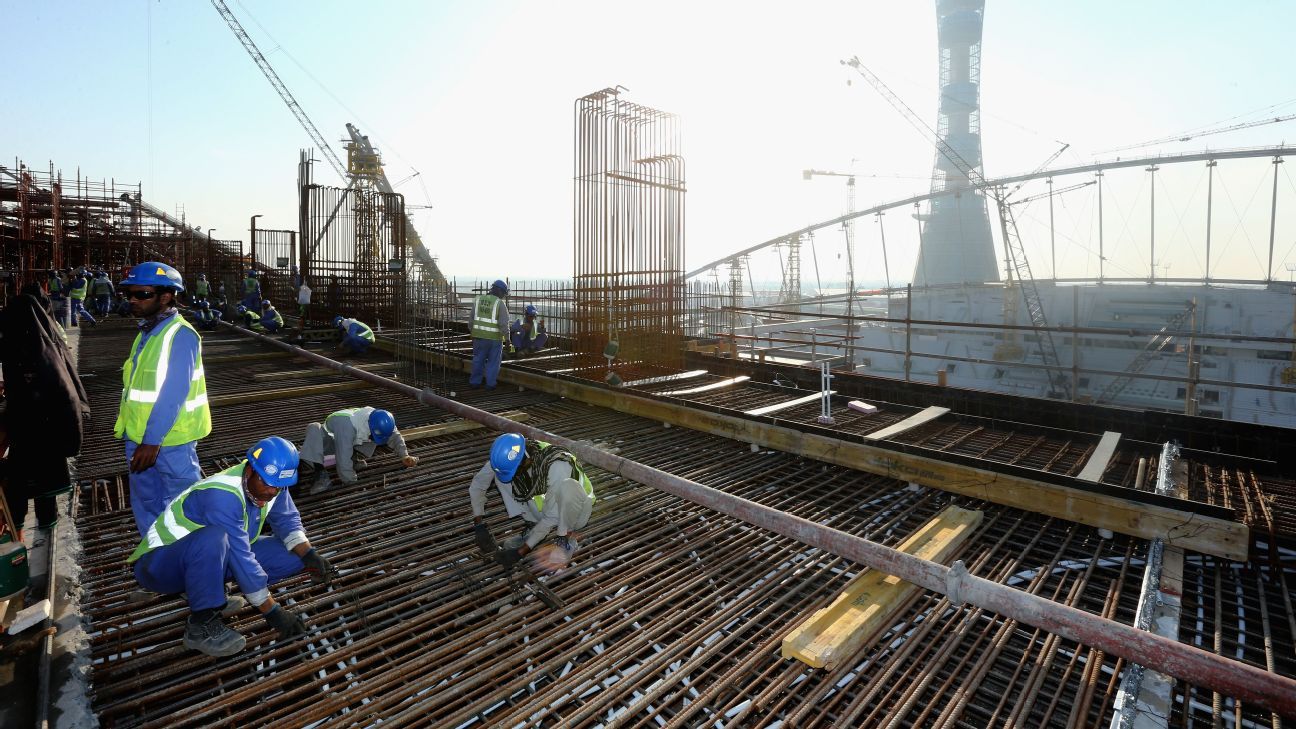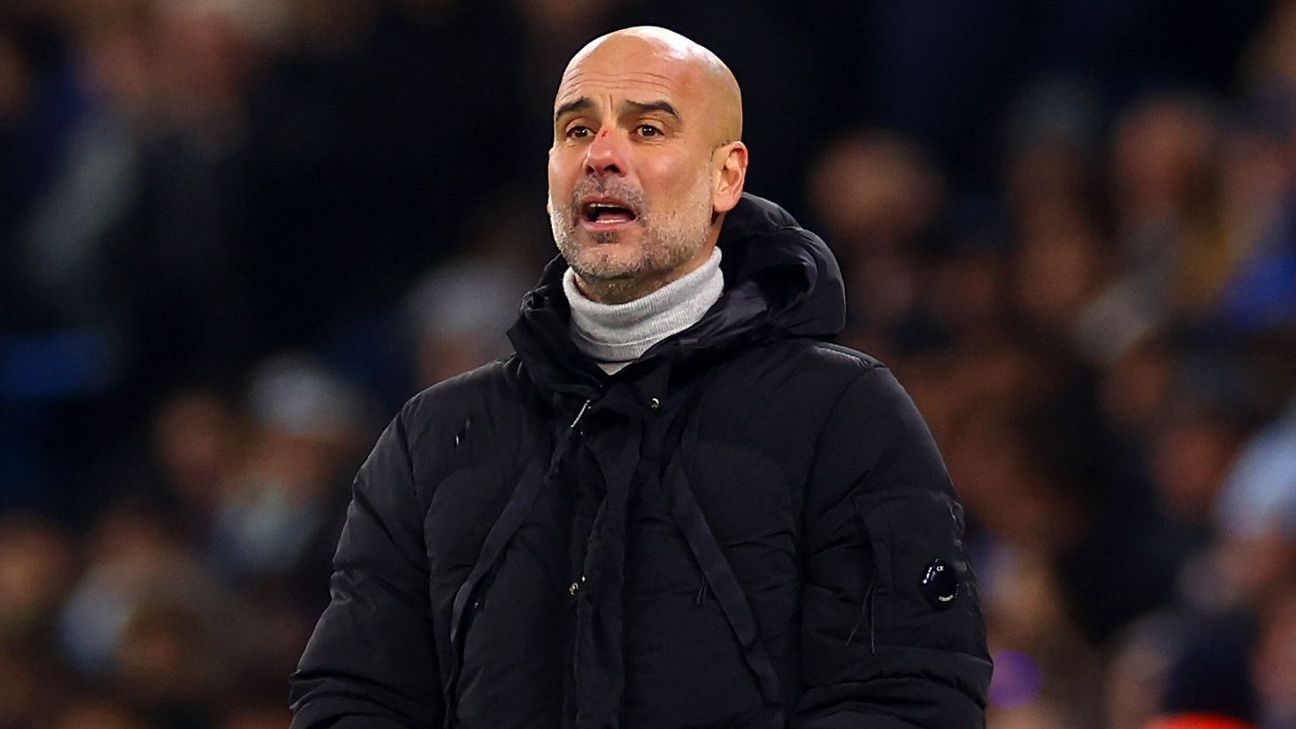
Handscomb impressed on his return to Test cricket in India, especially on the three difficult surfaces in Nagpur, Delhi and Indore.
It would now appear that Harris, who was the reserve batter throughout the home summer before being leapfrogged by Renshaw in Sydney when the selectors had an eye on the India tour, has the frontrunning to be included in the Ashes squad and be next in line when a vacancy arise at the top of the order.
The questions over David Warner's form mean that could happen during the team's time in England. Harris came into the side during the 2019 Ashes as a replacement for Cameron Bancroft but, like Warner, was picked apart by the around-the-wicket line of England's quicks although in county cricket, where he is about to start another spell with Gloucestershire, he averages 47.62 with six hundreds.
"Looking ahead, back in England and another home summer then some Tests in New Zealand, we certainly rate Harry's ability in those conditions," national selector George Bailey said. "[He has] a really, good strong record in England as well. One of our criteria when doing the contracts is past performance, but certainly one is an eye to the future as well so perhaps gives an indication of where we hold Harry."
"We have chosen a group of players we expect will form the majority of those two campaigns and we know that we will need a squad mentality to achieve success," Bailey said. "As we find each year now, there is a lot of cricket in the next six to 12 months and our depth will be tested. The six Test matches during the winter are in relatively short succession and we have a busy period of white-ball cricket leading up to, and post, the ODI World Cup."
Alongside the regular Test fast-bowling attack - Mitchell Starc, Pat Cummins, Scott Boland and, if fit, Josh Hazlewood - Australia will likely need to make use of the depth on offer during the England tour.
Morris, the Western Australia quick, has been around the squad since the past home season without yet making his debut. Neser played the Adelaide Test against West Indies and could be an ideal fit for conditions in England.
Richardson, who was dropped from last year's list, is currently recovering from another hamstring injury but remains highly regarded by the selectors and may come into plans for the ODI World Cup, as could Abbott who earned an upgrade to a contract during the previous season having played enough matches.
"We've been very fortunate in the longevity and robustness of our best fast bowlers and for the most part they've played multiple formats as well," Bailey said. "Clearly we've seen over the last 12 months, and we expect going forward, through nothing else than the sheer weight of cricket, that we needed a squad of fast bowlers.
"We need to ensure we have a clear pathway and a bit of succession plan as well. Offering contracts to some players gives us the opportunity to sit down and have a really strong conversation around what the next 12 months will look like for them."
Players not awarded contracts as part of the initial squad of 24 can earn upgrades throughout the year by accruing 12 upgrade points. Players receive five points for a Test match, two for an ODI and two for a T20I.
Cummins will remain Australia's highest paid cricketer with earnings up to AU$3million for the year when captaincy bonuses are factored in. The average contract is worth AU$951,000 under the new MoU.
Australia men's contracts Sean Abbott, Ashton Agar, Scott Boland, Alex Carey, Pat Cummins, Cameron Green, Marcus Harris, Josh Hazlewood, Travis Head, Josh Inglis, Usman Khawaja, Marnus Labuschagne, Nathan Lyon, Mitchell Marsh, Glenn Maxwell, Lance Morris, Todd Murphy, Michael Neser, Jhye Richardson, Steve Smith, Mitchell Starc, Marcus Stoinis, David Warner, Adam Zampa
Andrew McGlashan is a deputy editor at ESPNcricinfo















 Phone: (800) 737. 6040
Phone: (800) 737. 6040 Fax: (800) 825 5558
Fax: (800) 825 5558 Website:
Website:  Email:
Email: 






